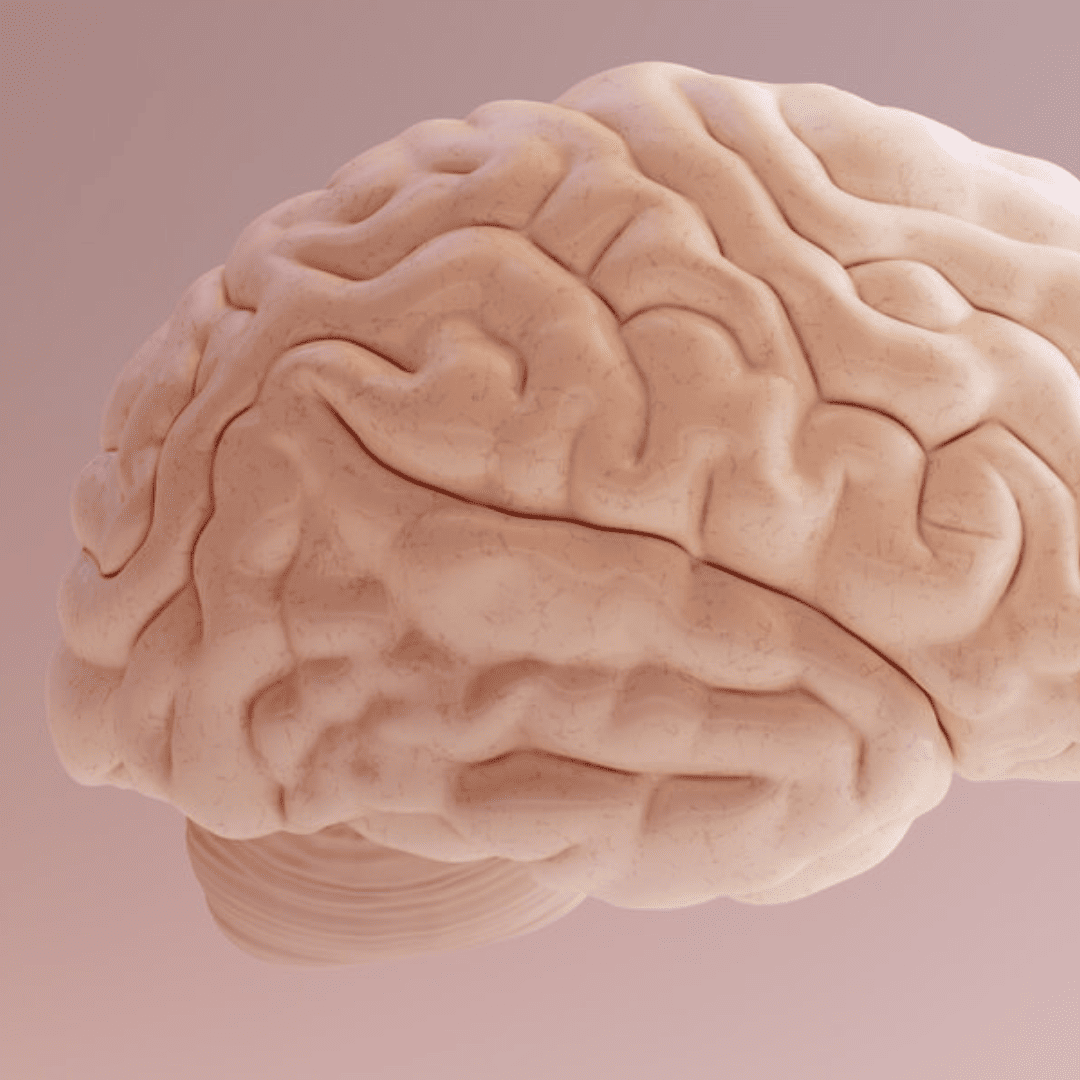Harness Your Motivation Kill-Switch and Master Mindset Training
Understanding the Habenula: What is it and how it impacts your daily motivation and mindset?
Did you know that every time our brain perceives failure it begins actively working to prevent those negative feelings from recurring? Believe it or not, there is a tiny structure in the brain located above the thalamus doing just that.1 This area of the brain alters motivation based on experiences in an attempt to simplify decision-making through habitual responses so you remain protected from failure. This structure is known as the lateral habenula — and it is our motivation kill-switch.
The habenula: details and functions
The lateral habenula has become a larger topic of studies and discussion in recent years. Current research on the lateral habenula has begun to enlighten scientists as to just how many functions it serves. It is thought to be responsible for influencing the brain’s response to everything from pain, stress, and anxiety to sleep deprivation and reward processing.2
The main function that we will focus on is the lateral habenula’s effect on widening what we refer to as the brain-behavior gap — the gap that exists between what we want to do, and what we actually do. In other words, the habenula blocks motivation to continue on with a behavior when you feel as if you’ve failed, or if you think you might fail if you try again. It does this by altering the flow of dopamine, one of the body’s feel-good hormones, when presented with negative experiences.
Motivation and mindset training
When we experience or anticipate something pleasurable, neurons in the lateral habenula fire. These neurons send signals to other parts of the brain that tell us to repeat the behavior that led to the pleasurable experience. On the other hand, when we experience something painful, neurons in the lateral habenula become less active. This decrease in activity sends signals to other parts of the brain that tell us to avoid the behavior that led to the painful experience. In other words, our lateral habenula motivates us to seek out pleasurable experiences and avoid painful ones.3
Mindset training has a significant impact on the lateral habenula and has the ability to help protect and preserve motivation. Mindset training refers to changing the way you think about yourself, your abilities, and your experiences. When we attempt to change a thought process or behavior and fail, it’s usually not because we don’t have enough willpower to change. It’s because the brain’s lateral habenula is doing its job — defaulting to familiar and automatic habits to survive and remain in a protective state of mind. When relapse happens and old habits creep back in, we blame ourselves and begin to question our worth, our abilities and our wills, instead of recognizing that our brain is trying to protect us from a feeling of failure.4
The key to maintaining consistent daily motivation, is to avoid these “habenula events”. Arguably one of the most natural ways to do this is by developing an iterative mindset. Iteration is the act of refining or tweaking a process or idea through repetition and can be a game-changer when it comes to mindset training. By iterating, or making slight alterations, as soon as you hit a snag, you can side-step a habenula event and keep going in your healthy lifestyle efforts. When the automatic response to failure becomes iteration, the brain naturally begins to reframe failure as progress. Unsuccessful effort triggers the need to make a change rather than to ruminate on what went wrong.
Learn more about the habenula
You may be trying to make behavior changes to achieve a healthier lifestyle, but all too often find yourself uttering phrases like, “I’ve tried everything…” or “That just doesn’t work for me”. It may be time to remind yourself that understanding the lateral habenula and working towards an iterative mindset can help keep you on course to overcome feelings of failure impeding your progress. Most excitingly, favorable results of a practice-and-iteration approach to behavior change are being seen in observational studies leading experts to believe that the Iterative Mindset Method could be an effective route in the pursuit of lasting behavior change.
References
- Hikosaka O, Sesack SR, Lecourtier L, Shepard PD. Habenula: crossroad between the basal ganglia and the limbic system. J Neurosci. 2008;28(46):11825-11829. doi:10.1523/jneurosci.3463-08.2008
- Sosa R, Mata-Luévanos J, Buenrostro-Jáuregui M. The role of the lateral habenula in inhibitory learning from reward omission experiences. eneuro. Published online May 7, 2021:ENEURO.0016-21.2021. doi:10.1523/eneuro.0016-21.2021
- Matsumoto M, Hikosaka O. Lateral habenula as a source of negative reward signals in dopamine neurons. Nature. 2007;447(7148):1111-1115. doi:10.1038/nature05860
- Yang Y, Wang H, Hu J, Hu H. Lateral habenula in the pathophysiology of depression. Curr Opin Neurobiol. 2018;48:90-96. doi:10.1016/j.conb.2017.10.024













